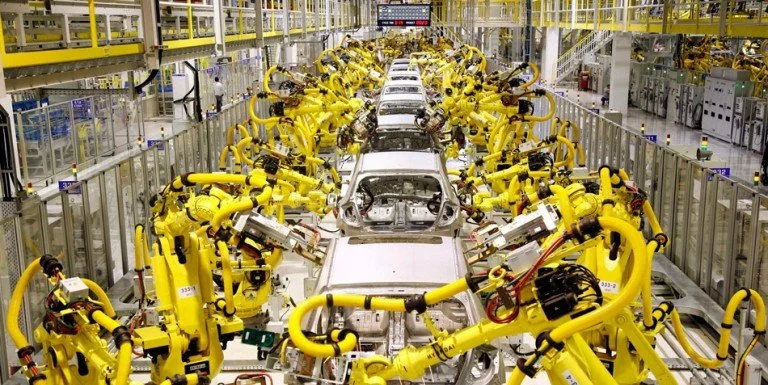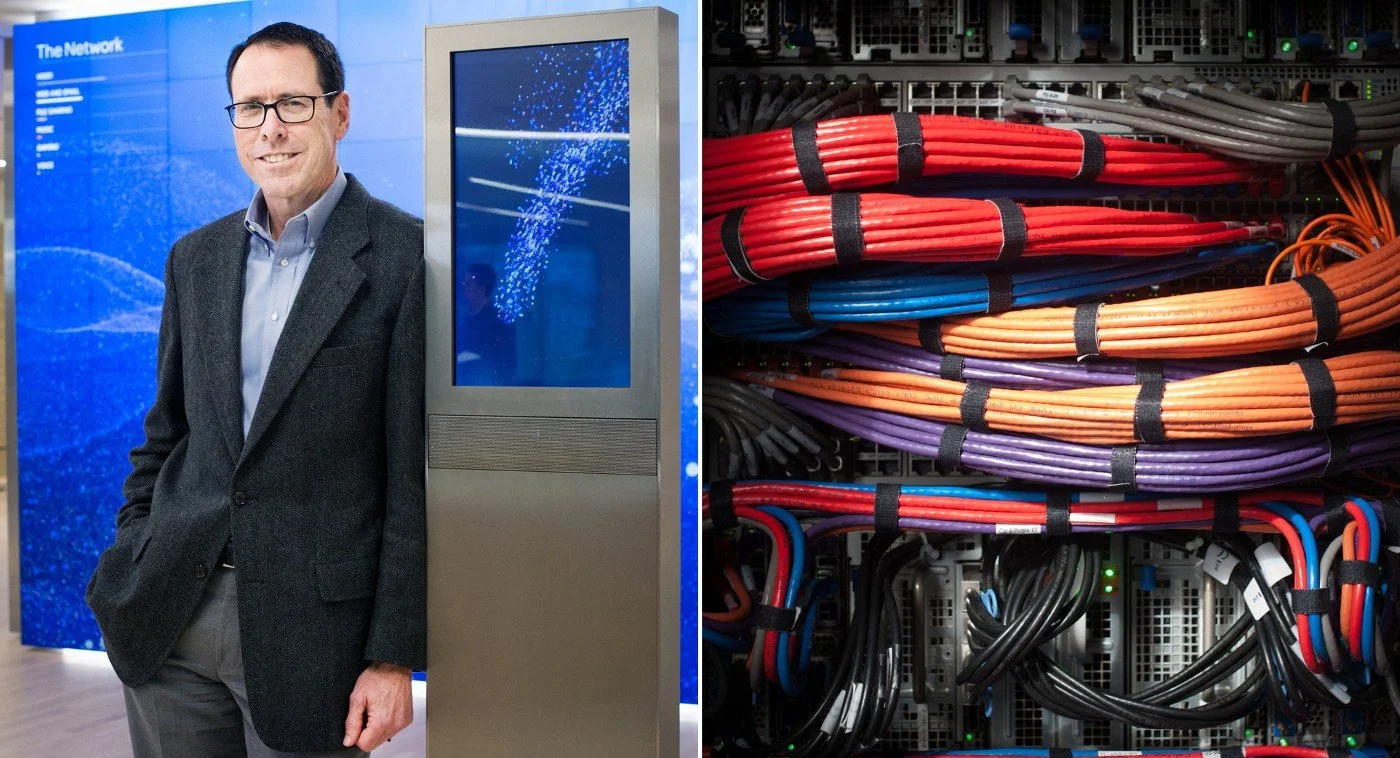Automation: Challenges and Opportunities
By David Beier and Andrew Sullivan
In his 1796 farewell address President Washington warned against the danger of foreign entanglements. In 1961 President Eisenhower focused on the influence of the military-industrial complex. Last month, President Obama sounded the alarm on automation. “The next wave of economic dislocations won’t come from overseas… it will come from the relentless pace of automation that makes a lot of good, middle-class jobs obsolete.”
President Obama delivers his farewell address. Credit: Zbigniew Bzdak for the Chicago Tribune
Will President Obama’s farewell speech be as prescient as his predecessors’? Evidence suggests it might be. A December White House report argues automation put the United States at risk of losing its pre-eminent position in the global economy.
Yet there are reasons for optimism. Automation will open new opportunities for better productivity, economic growth and job creation. And a growing number of business and government leaders are concentrating on the two-edged sword of automation and technological advance, including the Trump Administration.
Bottom line: advancing technology and supporting workers are not mutually exclusive goals. We have the tools in hand to reduce the risks of automation and accelerate the benefits if we act decisively.
Quantifying the Automation Challenge
The scale of the automation challenge is daunting. A 2016 McKinsey report notes 51 percent of all the activities Americans do at work involve tasks that are highly susceptible to automation, including predictable physical work, data collection or data processing. The most threatened sectors — as one might expect — include manufacturing, transportation, food service and accommodations and retail.
In its December report, the White House quantifies the overall automation challenge. Drawing on a range of research, it estimates that from 9 percent to 47 percent of U.S. jobs might be affected. An extraordinary challenge, laced with uncertainty. Which is where the Trump Administration has picked up the issue.
The Trump Perspective: Balancing Costs and Benefits
During his Senate confirmation hearing, Commerce Secretary Wilbur Ross addresses the automation challenge, pointing out its costs and benefits. “What we have to do is to figure out how we get the benefits of the improved technology and yet cope with the dislocation that it will produce in certain of the industries…that will be a real balancing act.”
The benefits Ross alludes to are real and eye-opening. For example,
GE estimates the “industrial internet” — a trend which involves digitizing industrial machinery, networks and processes — could deliver global productivity improvements that would increase global GDP by some $10 to $15 trillion over twenty years.
And importantly, productivity improvements need not lead to job loss. In a recent study, Irmgard Nübler, senior economist at the International Labour Organisation, points out Germany, Denmark, Italy and South Korea invested heavily in robotics between 1993 and 2007. Despite these investments, manufacturing’s share of overall employment fell far less in these countries than in the United States and United Kingdom, where growth in robot use was far lower.
Robots made by South Korean Hyundai Heavy Industries assemble cars. Credit: Business Korea.
Solutions
Yet the dislocation Wilbur Ross cites is a real concern. Germany, Denmark, Italy and South Korea are useful examples for policymakers to study, but the United States has a larger and more diverse population and economy.
When it comes to solutions, education is the principal focus of the Obama White House report. A first task is to address the education gap between American children — particularly low income and minority children — with their international peers. The report also calls for greater emphasis on lifelong learning and skills like computer science and critical thinking.
But we can also look to the private sector for successful models, with AT&T as case in point. In a recent interview, The New York Times columnist Thomas L. Friedman calls the AT&T approach to worker training a “social contract.” “You can be a lifelong worker at AT&T now, but only if you’re a lifelong learner…. You have to invent, reinvent and renew your job.”
Randall L. Stephenson, Chairman and CEO of AT&T. AT&T partners with Udacity, an online university, on lifelong learning programs for employees. Credit: Brandon Thibodeaux for The New York Times
How does the contract work? AT&T has designed with Udacity, an online university, a series of degree programs its employees can use to learn the skills they’ll need in the future. In return for participation, AT&T will pay tuition — up to $30,000 over the course of a career — and give current employees the first crack when new jobs open.
We’re mindful that few companies have the resources of AT&T, which is why policymakers should step in to encourage this sort of investment in employees. Tax incentives for these programs would be a good place to start. For instance, the Information Technology and Innovation Foundation has recommended expanding the Reagan-era research and experimentation tax credit to cover workforce training investments.
Another idea is to re-think the corporate social responsibility report, infusing it with a Worker Impact Statement. The Worker Impact Statement would articulate the steps a company is taking to upskill its workforce.
This brings us back to President Obama’s farewell address. In the speech, he draws a line between the racial and geographic divide laid bare by the presidential campaign and the inequality caused by automation, in the Rust Belt and elsewhere. It’s an important call for empathy and understanding across cultural lines.
But if empathy alone is not enough to spur action on automation, then competitiveness should. As Blake Moret, chief executive of Rockwell, puts it, “Life-long learning for factory workers can be a competitive advantage. No matter how much you automate, your people will remain your most important asset.”
Sources
“A Darker Theme in Obama’s Farewell: Automation Can Divide Us,” Cain Miller, Claire, The New York Times, January 12, 2017.
“Where machines could replace humans — and where they can’t (yet),” Chui, Michael et al, McKinsey Quarterly, July 2016.
“What Wilbur Ross Said About Trump and Cybersecurity at His Confirmation Hearing,” Wieczner, Jen (
Jen Wieczner), Fortune, January 18, 2017.
“Chiefs hold back on smart factories after backlash,” Lee, Kristin, Financial Times, December 20, 2016.
“How a knowledge tax credit could stop decline in corporate training,” Atkinson, Robert, The Hill, March 9, 2015.
“How to Thrive in Today’s Fast-Changing World: A Chat with Thomas Friedman,” Harris, Richard, Next Avenue, December 1, 2016.



